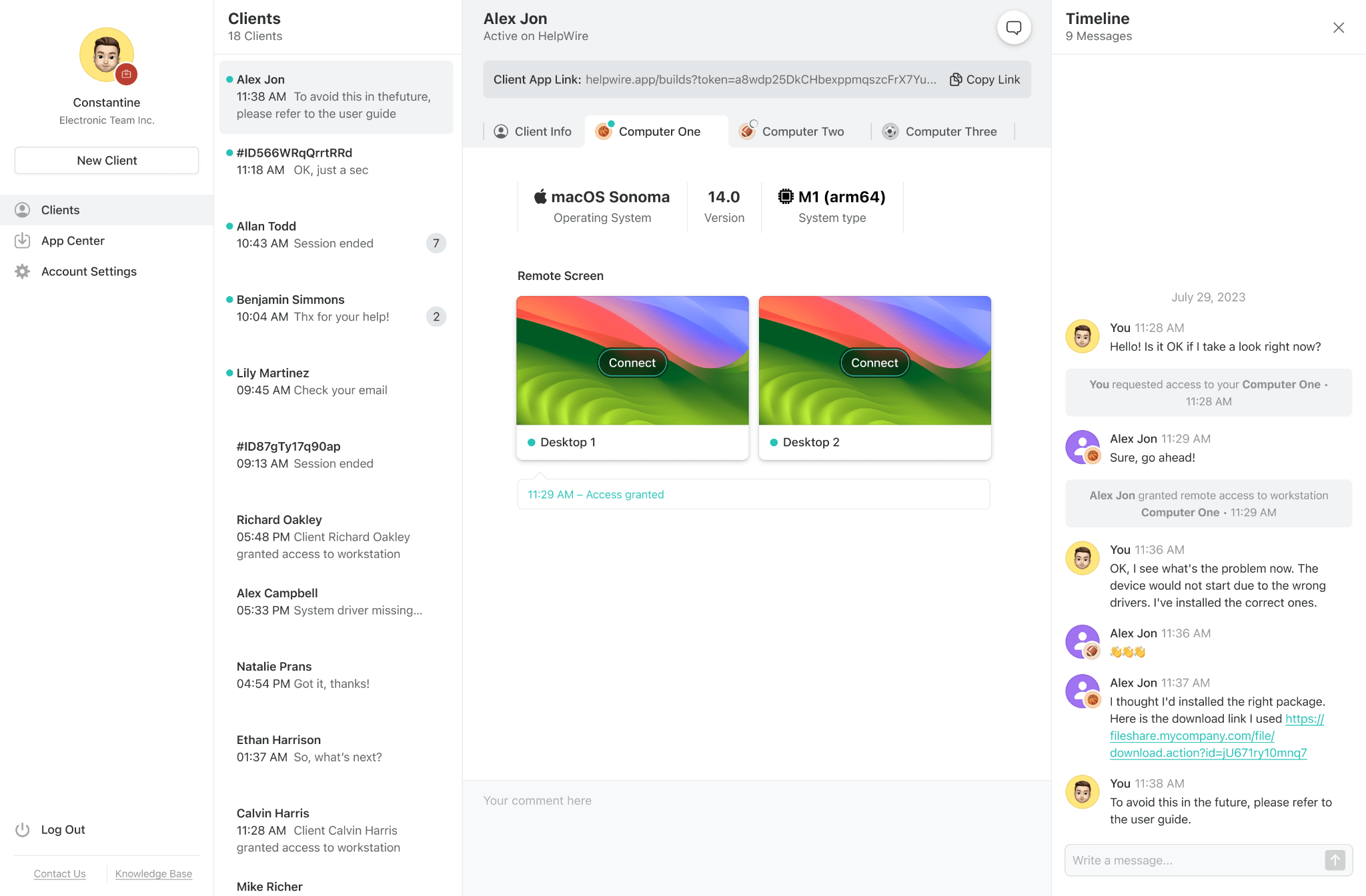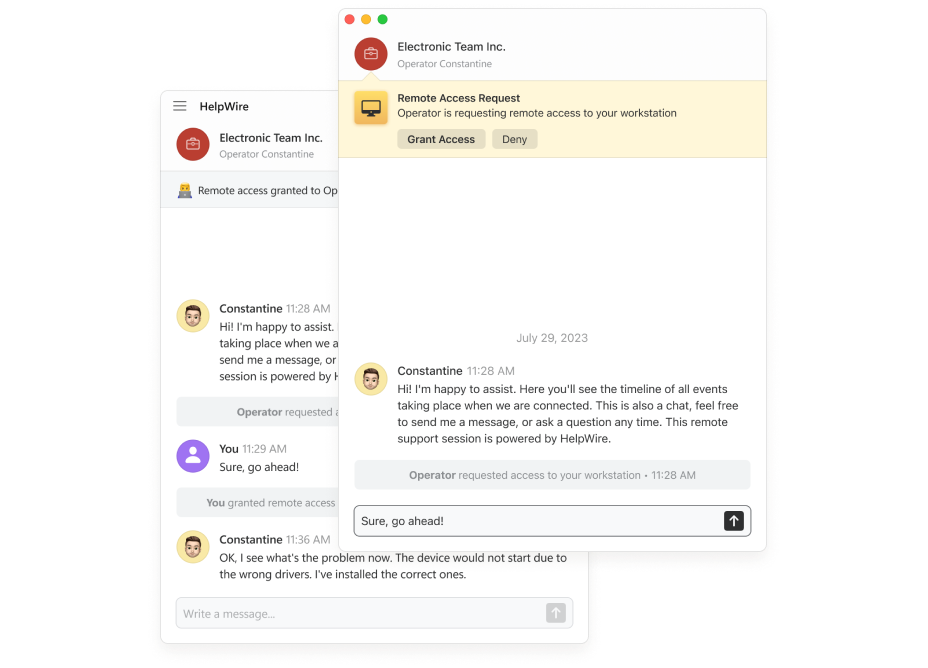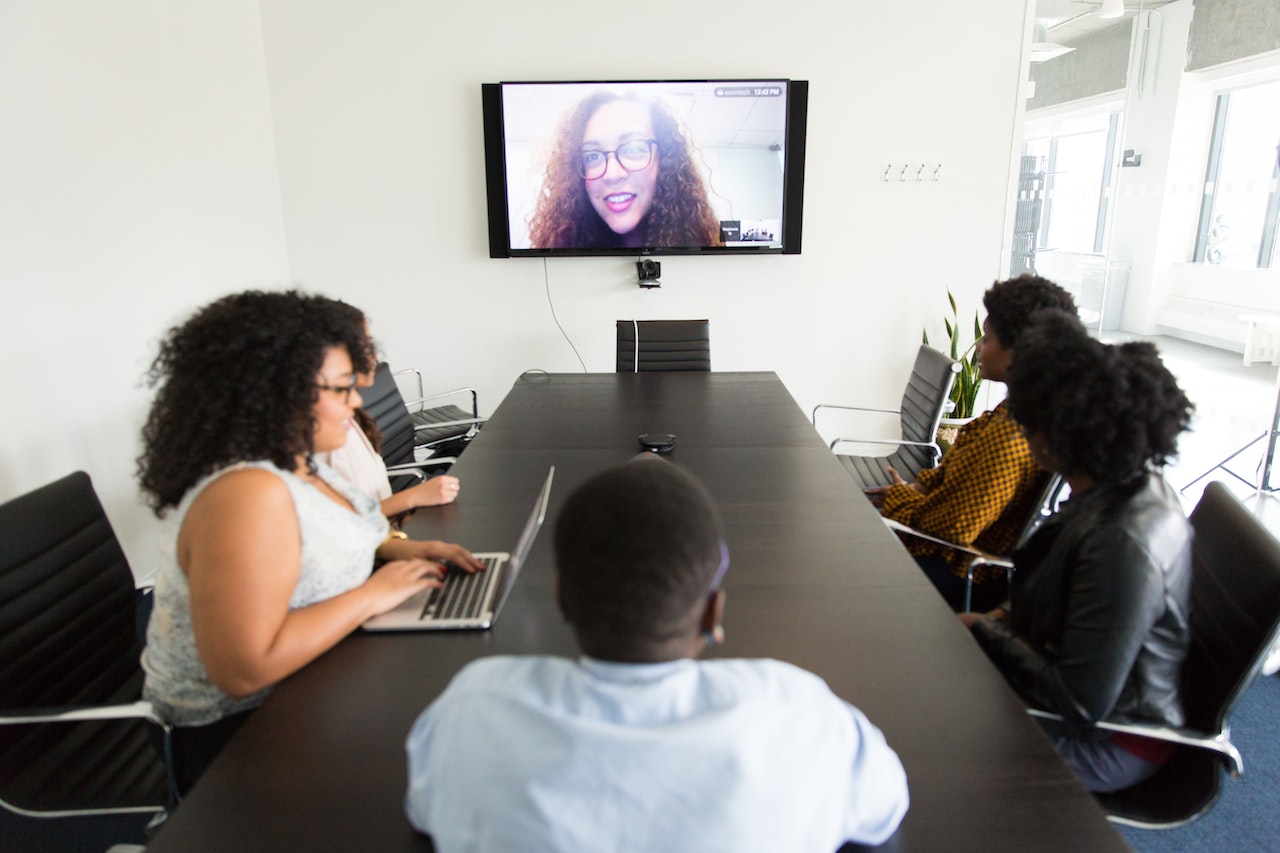The mining industry, a cornerstone of global economic development, relies heavily on skilled professionals to extract essential raw materials. However, recruiting talent for the mining sector poses unique challenges due to the industry’s demanding nature. In this comprehensive article, we delve into 10 expert strategies aimed at revolutionizing recruitment practices in the mining industry, unlocking success for organizations operating in this critical sector.

Importance of effective recruitment in the mining industry
Effective recruitment is paramount in the mining industry for several crucial reasons. First and foremost, the industry demands a highly skilled and specialized workforce due to the complex and technical nature of mining operations. Recruiting individuals with the right expertise ensures the safe and efficient extraction of resources.
Furthermore, the mining sector often faces unique challenges such as remote locations and harsh working conditions. Successful recruitment involves identifying candidates who not only possess the necessary technical skills but also demonstrate resilience and adaptability to thrive in demanding environments.
Safety is a top priority in mining, making it imperative to hire personnel with a strong commitment to safety protocols. A rigorous recruitment process helps identify individuals with a safety-oriented mindset, reducing the likelihood of accidents and ensuring compliance with industry regulations.
Innovation is another key aspect of effective recruitment in the mining industry. As technology continues to evolve, recruiting individuals with a background in the latest mining technologies and sustainable practices is essential for the industry’s long-term success. This ensures that mining operations remain competitive, environmentally responsible, and aligned with evolving industry standards.
In summary, effective recruitment in the mining industry is critical for securing a skilled, safety-conscious, and adaptable workforce. By identifying and attracting the right talent, mining companies can not only enhance operational efficiency and safety but also position themselves for long-term success in a dynamic and evolving industry.
How to ensure successful recruitment in the mining industry
Harnessing the Power of Specialized Recruitment Agencies
The mining industry demands a specialized understanding of its intricate dynamics. Leveraging recruitment agencies that specialize in mining can provide a strategic advantage. These agencies often possess extensive networks and insights, ensuring a targeted approach to talent acquisition that aligns with the industry’s distinctive requirements. With mining job opportunities worldwide, professionals can explore diverse possibilities in this dynamic sector.
Embracing Technological Advancements and Automation
In the age of digital transformation, integrating technology into the recruitment process is essential. Leveraging AI recruiting tools can be key in embracing automation for your business.
Applicant tracking systems, artificial intelligence-driven resume screening, and virtual interviews not only expedite the identification of suitable candidates but also enhance efficiency and minimize human bias, revolutionizing the traditional recruitment landscape.
Cultivating a Strong Employer Brand
A compelling employer brand is a magnetic force for attracting top talent. Mining companies must actively communicate their values, safety measures, career development opportunities, and overall work culture. A positive employer brand not only attracts skilled professionals but also contributes to an organization’s overall reputation within the industry.
Investing in Robust Employee Development Programs
Continuous learning and development opportunities are integral to retaining and attracting skilled professionals. Establishing training programs, offering certifications, and emphasizing skills development initiatives demonstrate a commitment to employee growth and well-being, making an organization more appealing to prospective candidates.
Forging Partnerships with Educational Institutions:
To secure a pipeline of skilled professionals, mining companies should establish partnerships with educational institutions offering mining-related programs. Internship programs, sponsorship of research projects, and active participation in career fairs are effective ways to foster connections with emerging talent.
Prioritizing Diversity and Inclusion Initiatives
A diverse and inclusive workplace fosters innovation and resilience. Implementing inclusive hiring practices and creating an environment that supports individuals from diverse backgrounds not only enhances the industry’s competitiveness but also contributes to a more dynamic and forward-thinking workforce.

Championing a Culture of Safety
Safety is non-negotiable in the mining industry. Companies should prominently showcase their commitment to creating a safe working environment. This not only attracts safety-conscious professionals but also contributes to a positive industry image, reinforcing the importance of employee well-being.
Offering Flexible Work Arrangements
Recognizing the evolving nature of work, mining companies should consider offering flexible work arrangements. Remote work options, flexible schedules, and innovative approaches to work-life balance can significantly broaden the appeal of the organization to a diverse range of candidates.
Active Participation in Networking and Industry Events
Building relationships with professionals in the mining sector is crucial. Actively participating in industry events, conferences, and networking opportunities provides companies with platforms to connect with potential candidates, fostering a sense of community within the industry.
Ensuring Competitive Compensation Packages
To attract and retain top talent, competitive compensation packages are paramount. Regularly conducting market research to align salaries and benefits with industry standards ensures that the company remains an attractive proposition for skilled professionals.
Conclusion
Recruiting effectively in the mining industry necessitates a strategic, multifaceted approach. By combining specialized recruitment, technological integration, robust employer branding, and a commitment to safety, diversity, and employee development, mining companies can position themselves as industry leaders. With competitive compensation packages and active engagement in networking, these strategies can unlock unparalleled success in talent acquisition, fostering sustained growth and prosperity in the dynamic mining sector.


















